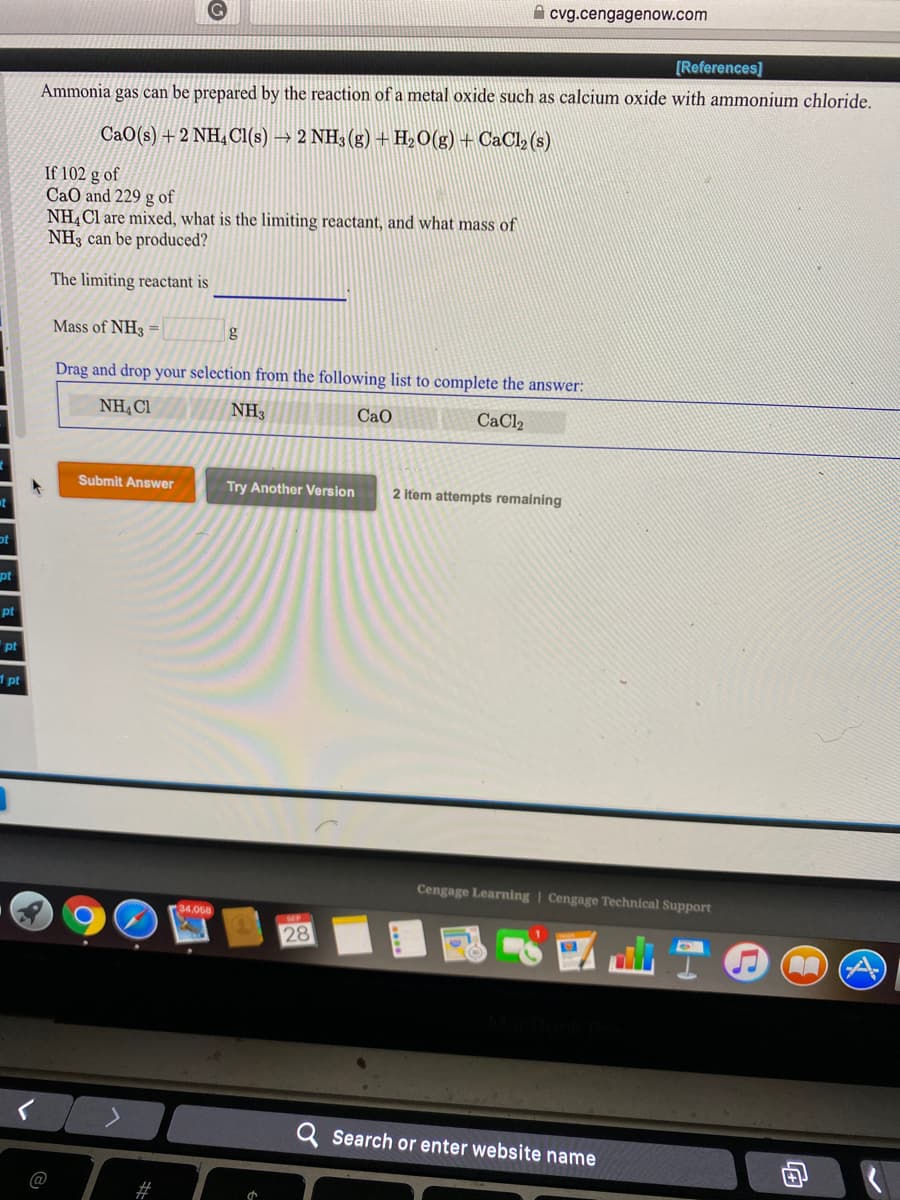Ammonia gas can be prepared by the reaction of a metal oxide such as calcium oxide with ammonium chloride. CaO(s) +2 NH, C1(s) → 2 NH3 (g) + H,O(g) + CaCl2 (s) If 102 g of CaO and 229 g of NH4 Cl are mixed, what is the limiting reactant, and what mass of NH3 can be produced? The limiting reactant is Mass of NH3
Ideal and Real Gases
Ideal gases obey conditions of the general gas laws under all states of pressure and temperature. Ideal gases are also named perfect gases. The attributes of ideal gases are as follows,
Gas Laws
Gas laws describe the ways in which volume, temperature, pressure, and other conditions correlate when matter is in a gaseous state. The very first observations about the physical properties of gases was made by Robert Boyle in 1662. Later discoveries were made by Charles, Gay-Lussac, Avogadro, and others. Eventually, these observations were combined to produce the ideal gas law.
Gaseous State
It is well known that matter exists in different forms in our surroundings. There are five known states of matter, such as solids, gases, liquids, plasma and Bose-Einstein condensate. The last two are known newly in the recent days. Thus, the detailed forms of matter studied are solids, gases and liquids. The best example of a substance that is present in different states is water. It is solid ice, gaseous vapor or steam and liquid water depending on the temperature and pressure conditions. This is due to the difference in the intermolecular forces and distances. The occurrence of three different phases is due to the difference in the two major forces, the force which tends to tightly hold molecules i.e., forces of attraction and the disruptive forces obtained from the thermal energy of molecules.

The limiting reagent in a chemical reaction is a reactant that is totally consumed when the chemical reaction is completed. The amount of product formed is limited by this reagent, since the reaction cannot continue without it.
Write the given reaction.
According to the stoichiometry, 1 mole of CaO reacts with 2 moles of .
Molar mass of CaO = 56.07 g/mol
Molar mass of = 53.5 g/mol
Therefore, 56.07 g of CaO reacts with 107 g () of .
Calculate the amount of required to react with 102 g of CaO.
Therefore, 194.64 g of is required.
Amount of present is 229 g which is more than required, therefore, CaO is the limiting reactant.
Trending now
This is a popular solution!
Step by step
Solved in 4 steps









